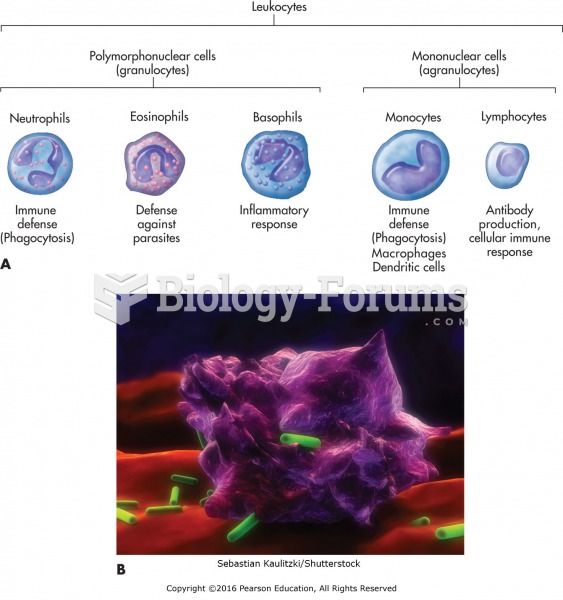Answer to Question 1
Product handling involves five primary processes: (1) receivingtransferri ng goods into the facility from the transport network, (2) put-awaymoving goods into storage locations, (3) order pickingselecting goods for customer orders, (4) replenishmentmoving product from storage locations to picking slots, and (5) shippingloading goods for delivery to the customer. All five involve short-distance movement of product, while put-away also focuses on the storage activity.
At the receiving operation, the inbound carrier is scheduled to deliver the goods at a specific time so as to improve labor productivity and unloading efficiency. The goods are unloaded from the delivery vehicle onto the receiving dock. During the process, receiving clerks check the goods in to ensure that they match the purchase order and packing slips. Once on the dock, the goods are sorted by SKU, stacked on pallets to the correct ti-hi (where ti is the number of cartons stored on a layer and hi is the number of layers on the pallet), and secured using tape or shrink-wrap. The delivery is also inspected for damage and shortages. Problems are noted on the carrier's delivery receipt, and the receipt is signed. Prior to transfer, the items are tagged with pallet labels that assign storage locations in the facility or designate the goods for direct transfer to the shipping dock if needed to immediately fill a customer order.
The put-away operation focuses on the physical movement of product from the receiving dock to assigned storage locations in the facility. Forklift operators check the pallet configuration to validate quantities and product safety, verify the storage location on the pallet label, pick up the pallet, and scan the bar code on the pallet label. The product is moved to the proper storage location (or sometimes the picking location, if the product is new or the slot is empty) and placed in the rack. After the process is completed, inventory records are updated to reflect receipt of the item, its storage location, and availability for customer order.
The order-picking process focuses on the selection of goods to fulfill customer orders. Order fulfillment personnel travel through the facility from pick slot to pick slot and pull the requested quantity of each product identified on the pick list. The pick list may be generated as a paper checklist, labels that are placed on the carton, a computer display, or a voice-activated picking system. Once picked, the items may be labeled and put on a conveyor system for transfer to the shipping area or assembled on a pallet or cart designated for the customer. If the latter method is used, the order fulfillment personnel transfer the order to the shipment staging area and prepare it for delivery. The items are secured to the pallet or cart by means of tape, stretch wrap, or strapping, and a shipping label is created and attached. Finally, the complete customer order is staged in a predesignated area for loading onto the appropriate outbound delivery vehicle.
The replenishment operation plays an important supporting role for order picking, moving product from storage locations in the facility to the designated pick slots. These storage locations are often inaccessible to the order fulfillment personnel, and specialized equipment is needed to retrieve the product. Replenishment forklift operators focus on keeping an adequate supply of product in each pick slot. When a pick slot is empty, the order fulfillment personnel will have to make a second trip to retrieve the required quantity of product. These additional trips are labor intensive and may cause split deliveries or delay the dispatch of customer orders. Hence, it is critical to synchronize order-picking and replenishment activities, shifting personnel back and forth between the functions as needed.
The final movement process occurs at the shipping operation. In some facilities, empty trailers are dropped at shipping dock doors and loaded as orders arrive from the picking operation. In other operations, a live loading process takes place when the outbound carrier arrives at the shipping dock. The goods are moved from the staging area to the loading dock, counted and inspected as required, and loaded into the carrier's vehicle. The carrier signs the bill of lading that has been prepared by the shipper, indicating receipt of the goods, and departs from the facility.
Answer to Question 2
B







